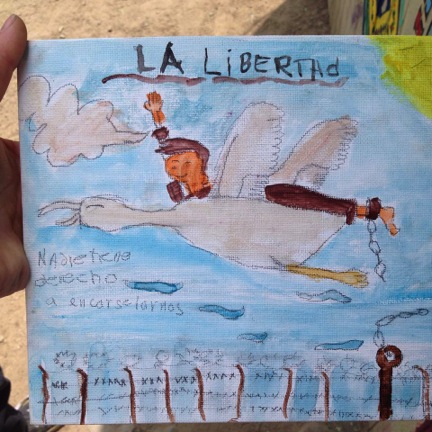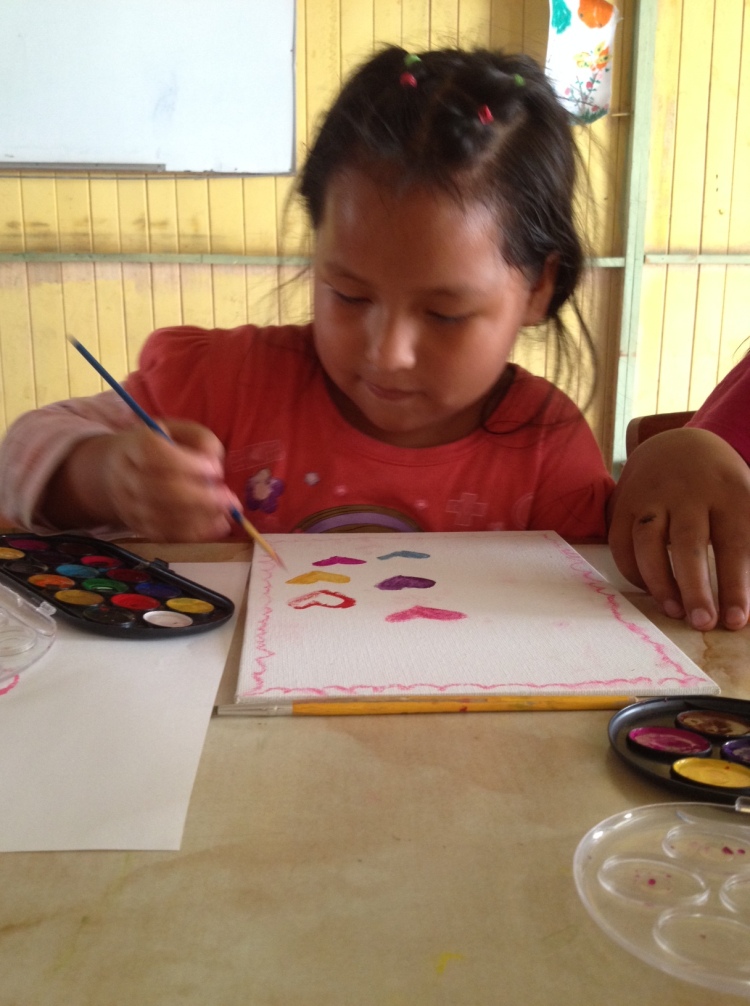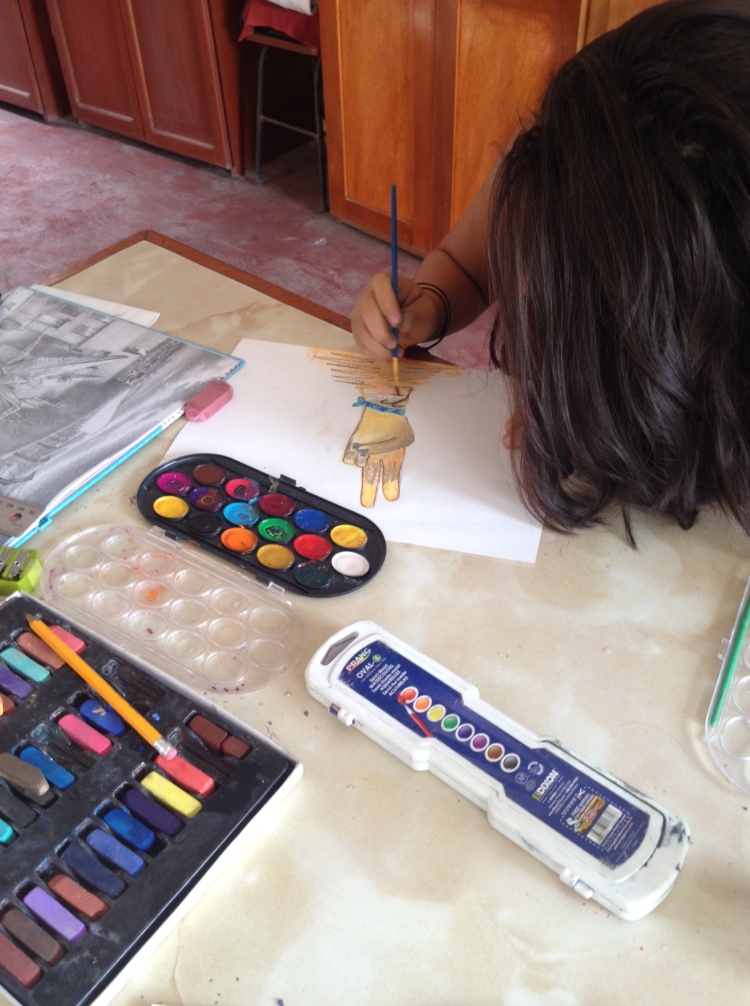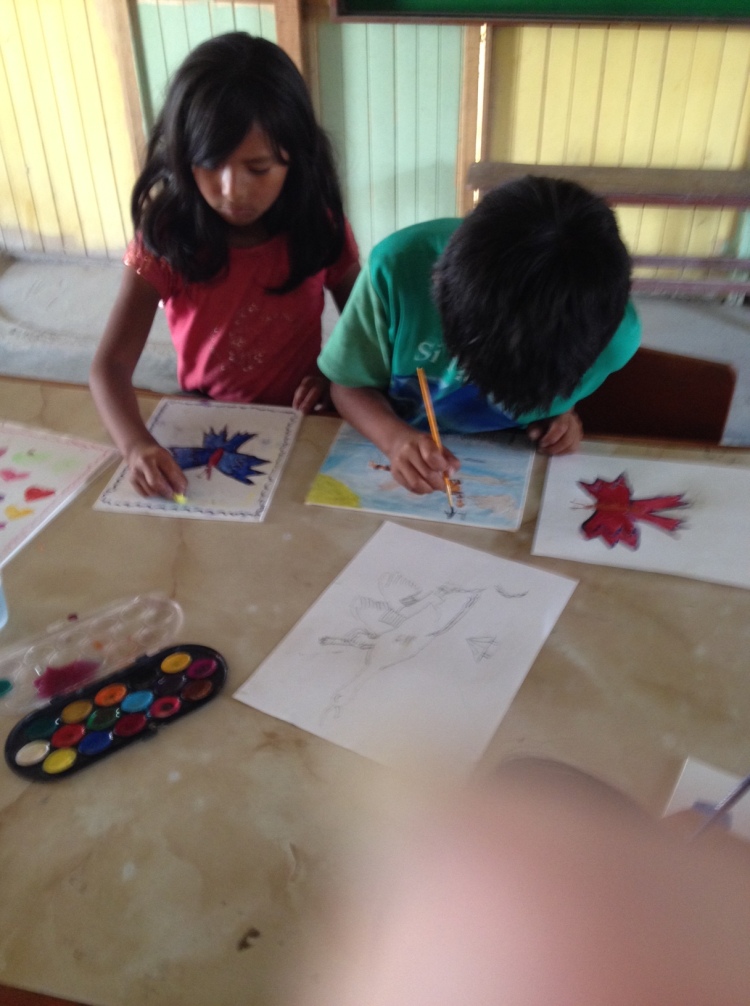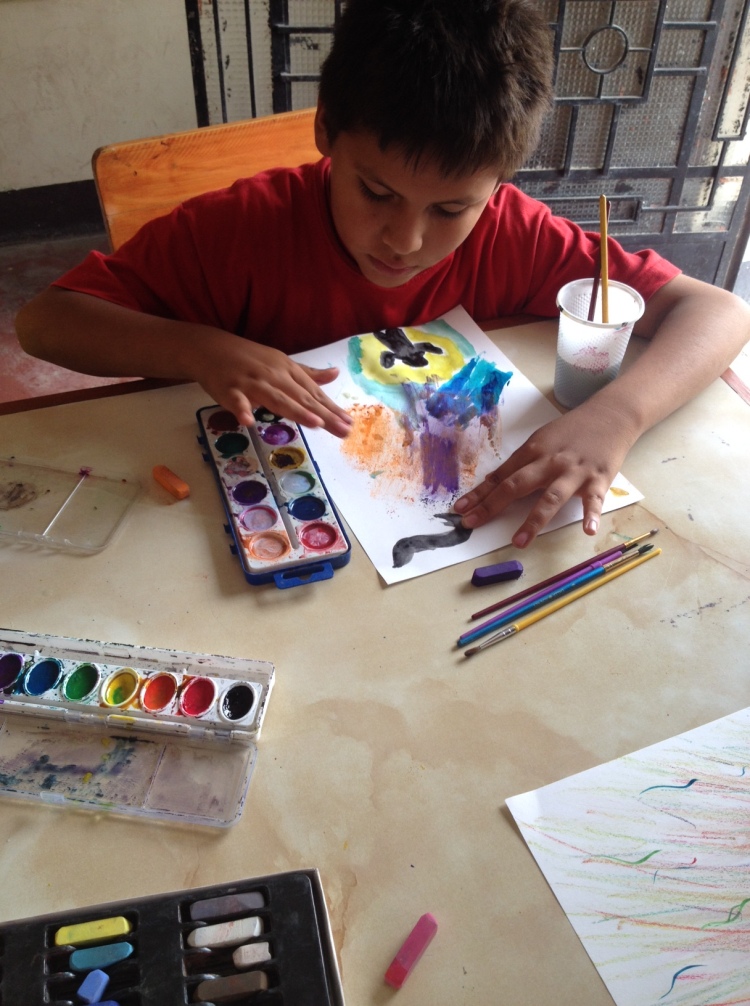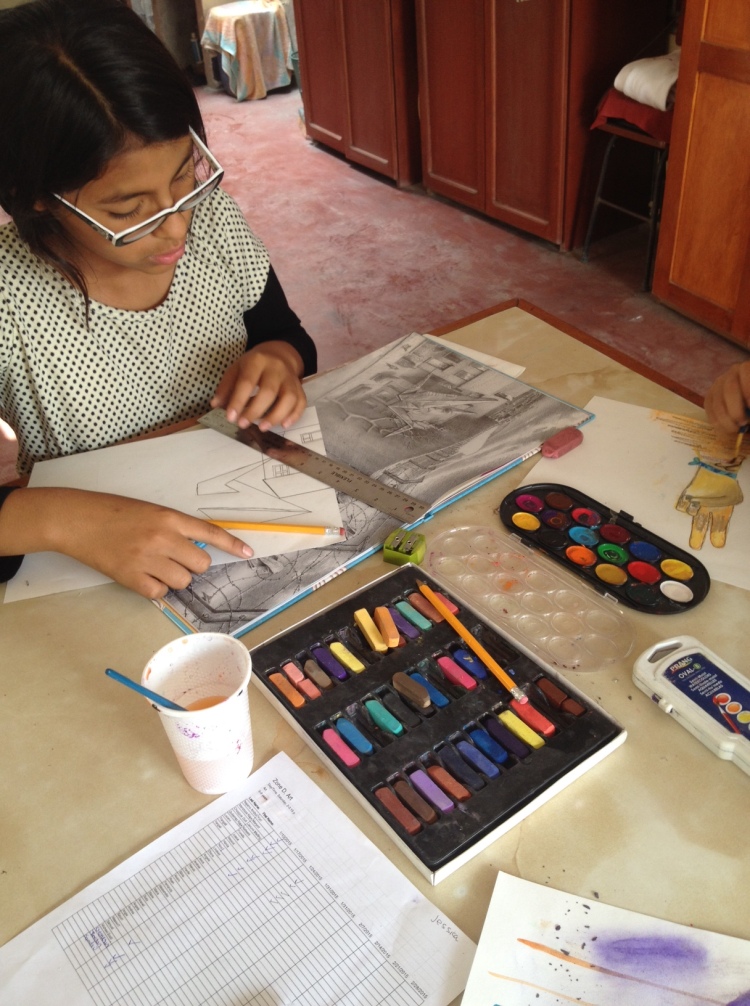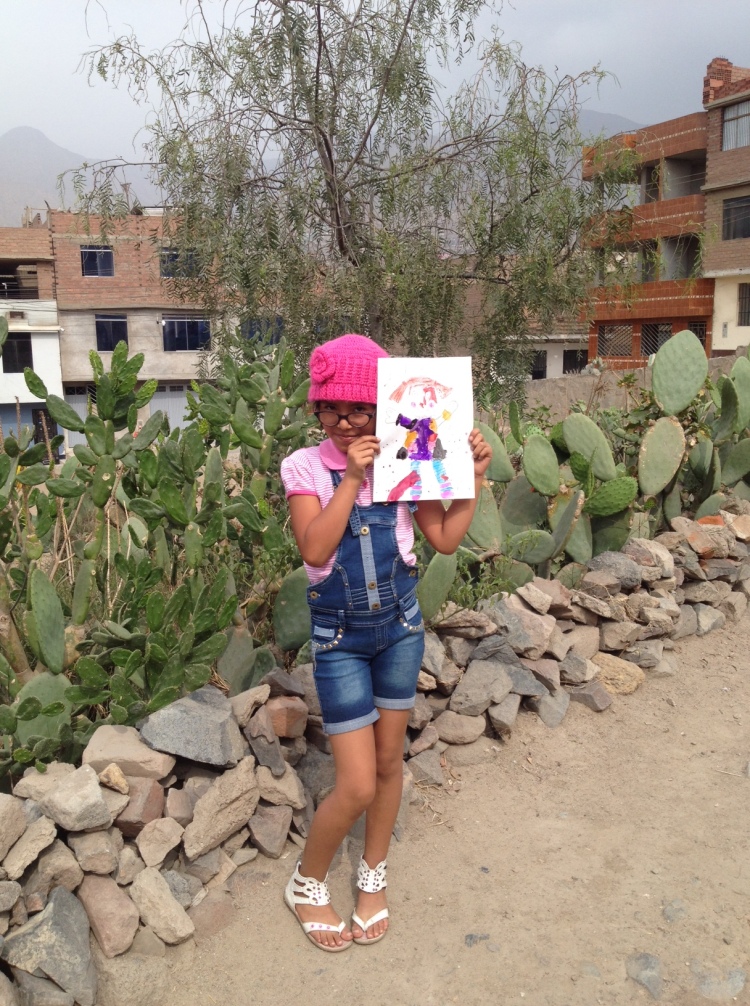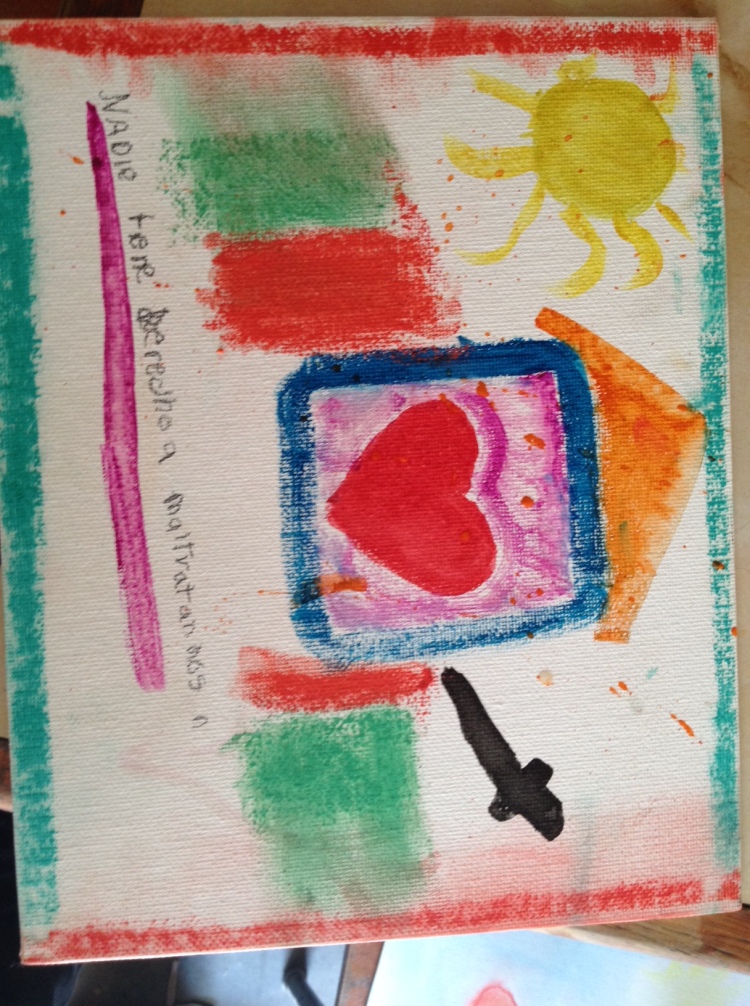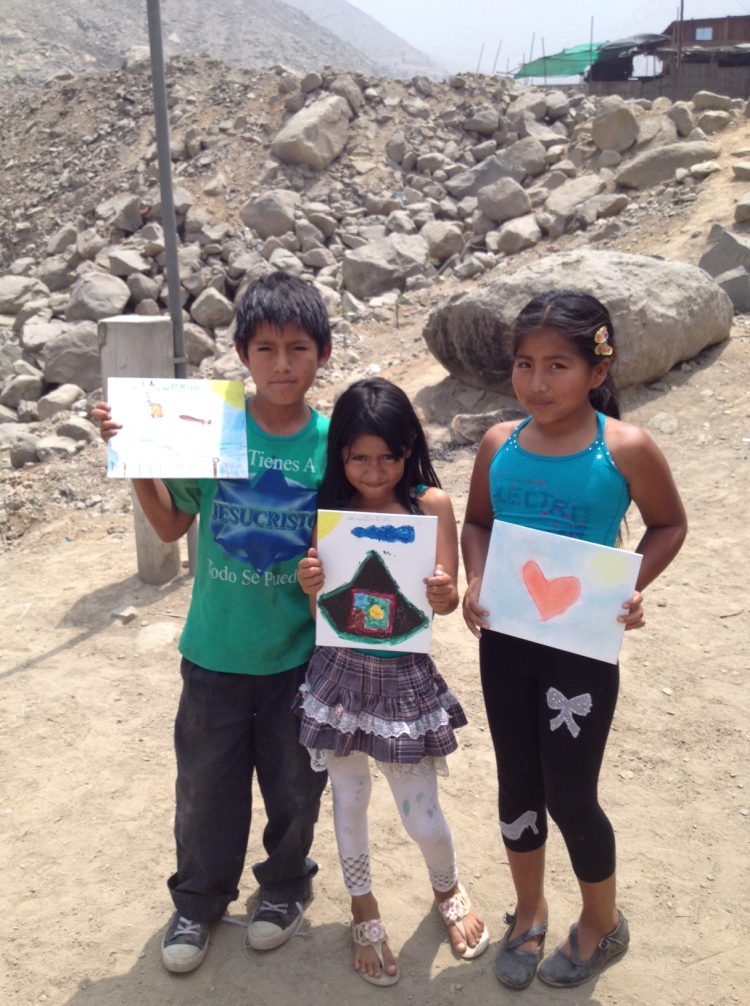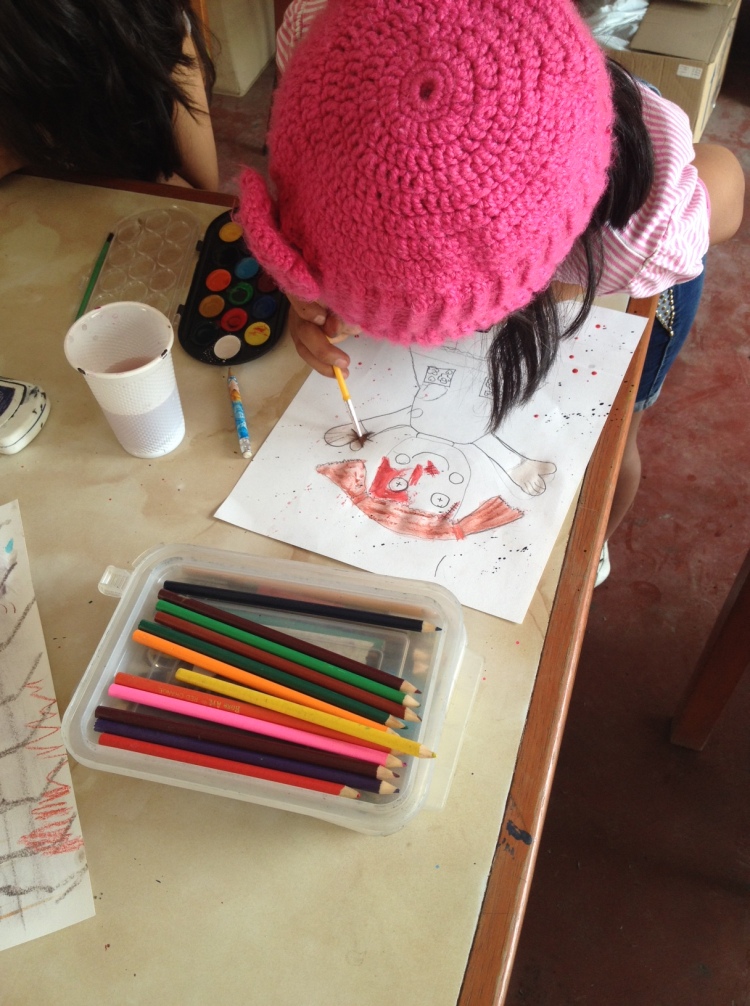What do human rights have to do with art?
Throughout history, art has been used to commentate on society. Visual imagery has the capacity to convey emotions and reverberate with an audience where words sometimes fail. Additionally, visual images are accessible to almost everyone, regardless of literacy levels. The intersection of art and activism is one of art’s most powerful applications.
With this in mind, a primary objective of mine as the art teacher here at LLI, is to incorporate social activism into the art curriculum. Not only to empower youth to feel confident in their abilities as artists but to simultaneously recognize their individual voice and power in creating a more just world.
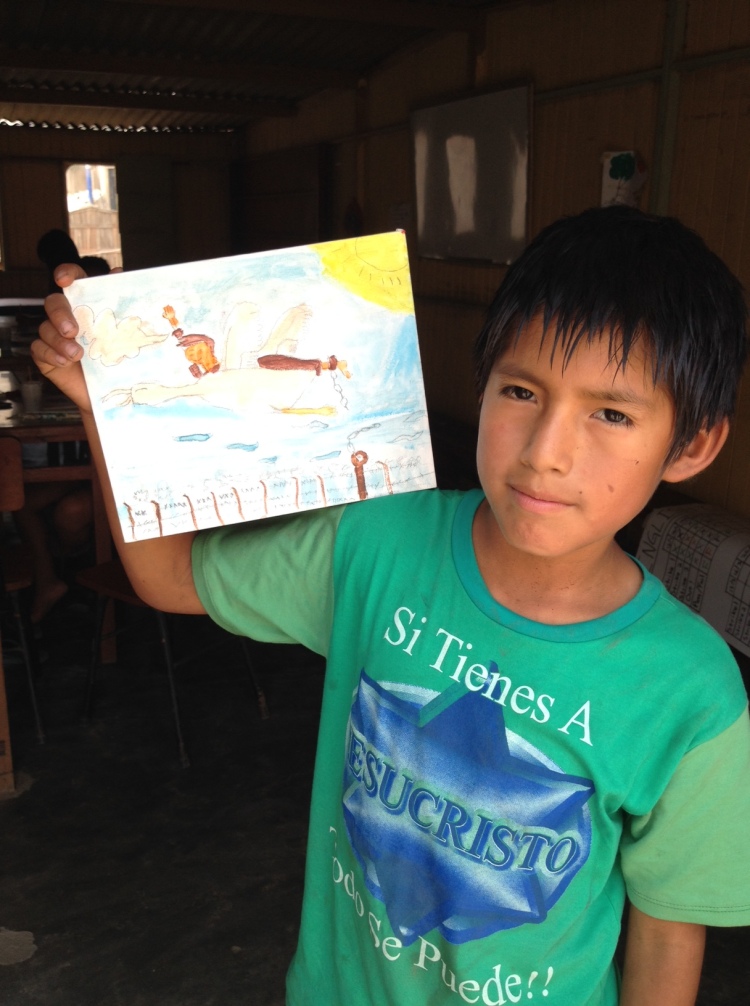
What are human rights?
Some dictionaries define the word right as a “privilege” but in the context of “human rights”, there is no question of privilege. Human rights are granted to a person simply because they are human. The United Nations Universal Declaration of Human Rights, signed in 1948, was created as a response to the atrocities of the WWII and a need for a common understanding of what everyone’s rights are. The declaration consists of 30 Articles, the first of which is, “We Are All Born Free and Equal”.
Why is it important to know our human rights?
When we are unaware of the human rights that every person is entitled to, abuses such as oppression, discrimination, injustice, intolerance and slavery can arise. Knowledge of our human rights is empowerment. People are empowered to recognize injustices and demand change. Human rights are the foundation for a world in which every person has access to education, a livelihood they are proud of, a home, a family, freedom of religion and in which no one is a subjected to slavery.
To inspire children to think critically about the role of art in social justice movements, I developed a lesson focused on the topic of human rights, especially as they pertain to children. The lesson began by sharing the picture book entitled, Todos Nacemos Libres (We Are All Born Free).
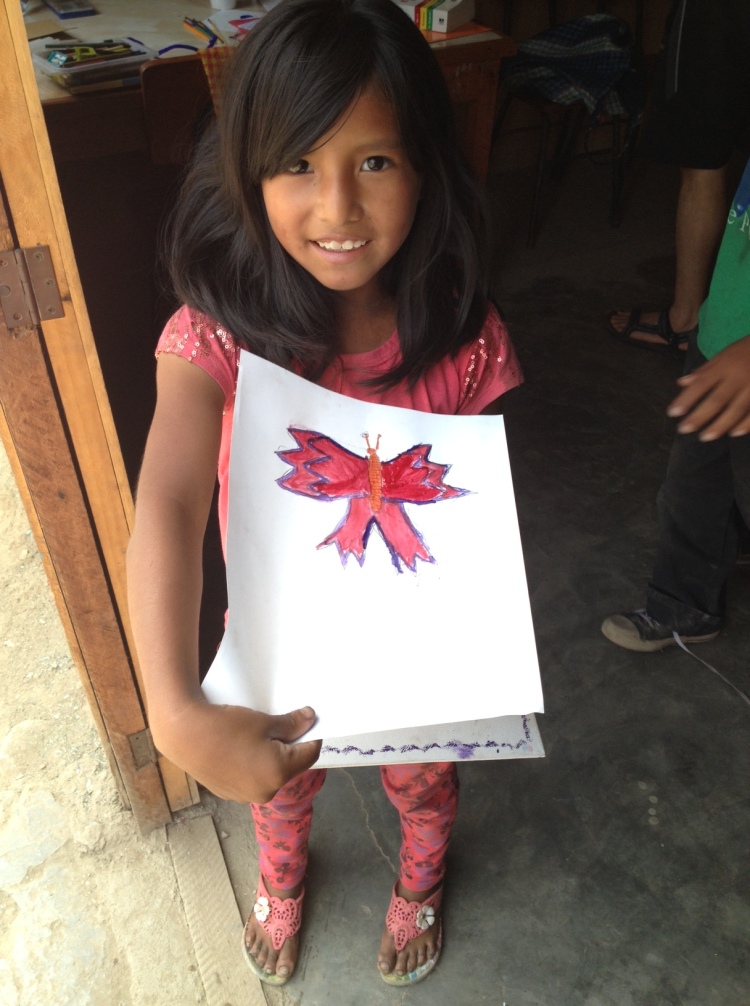
The book is comprised of beautiful illustrations from thirty of the most influential illustrators of our time, including Alex Scheffler and Marcia Williams. The book summarizes the Universal Declaration of Human Rights in a manner that is easily accessible for children and also serves as a wonderful tool to compare and contrast different styles of art. While reading through the book, we paused on each page and commented on the mediums, the colors, the lines and the symbols selected by the artists.
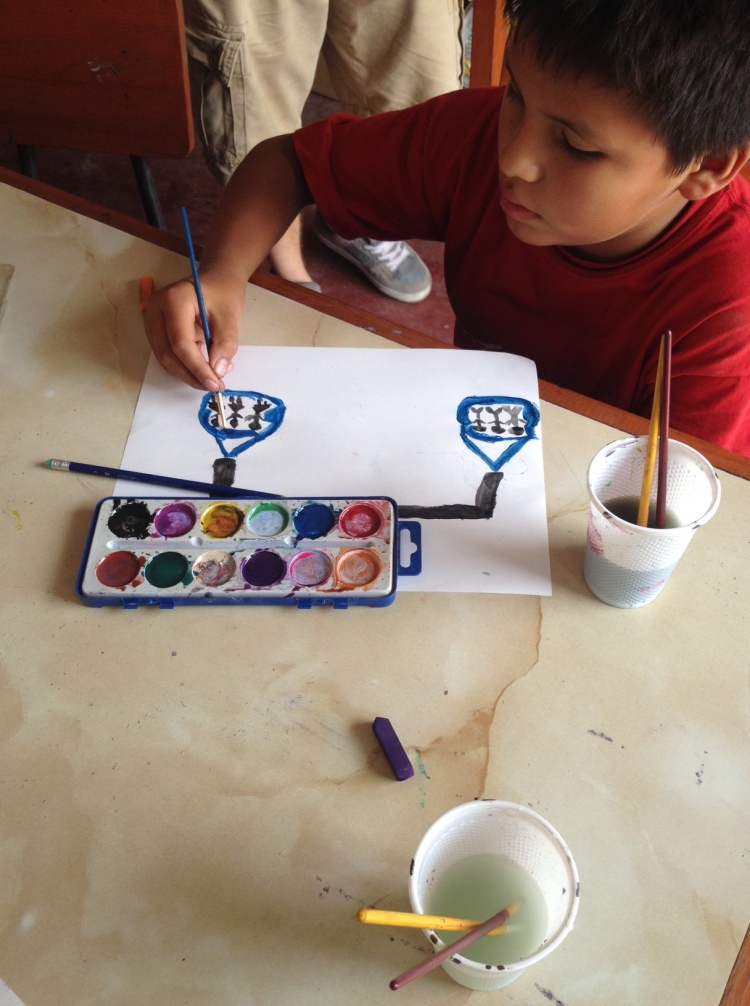
We focused on the idea of symbols as objects or images that represent something else. We discussed symbols for peace, liberty, equality and enslavement. After we finished the book, the children repeatedly asked to look at the pictures in the book again.
We then transitioned into making our own illustrations surrounding the idea of human rights and the use of symbolism to express those ideas. Questions to encourage critical thinking included: “Which rights do you feel most passionate about?” and “Are all of these rights realized in the community in which you live?” The students used a mix of oil pastels and watercolors to create their illustrations.
